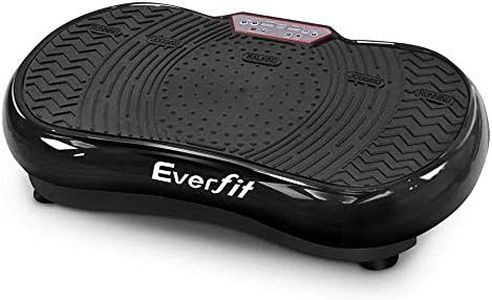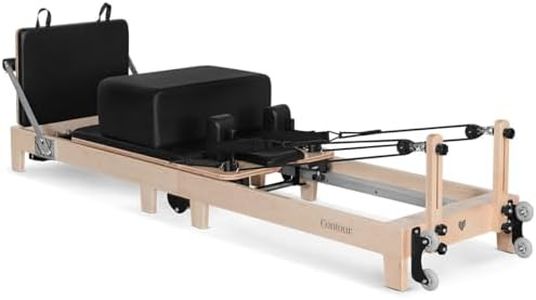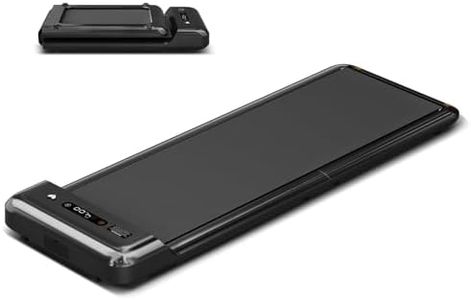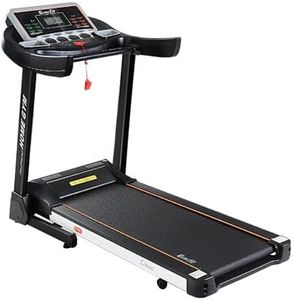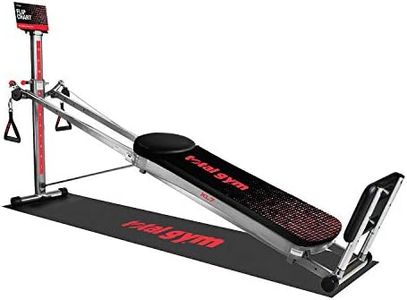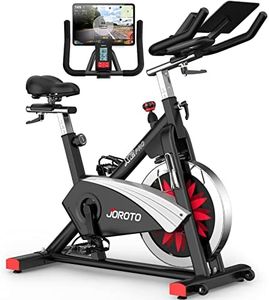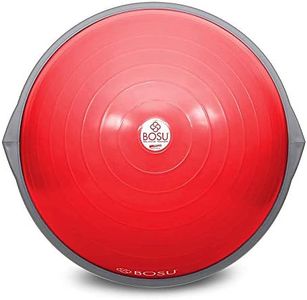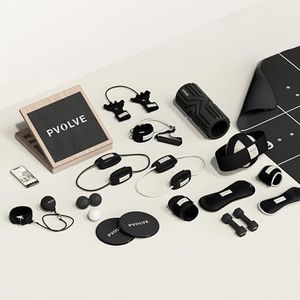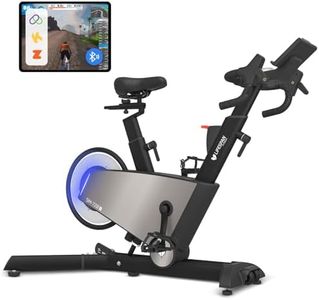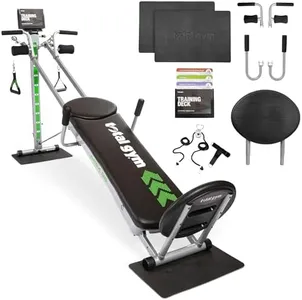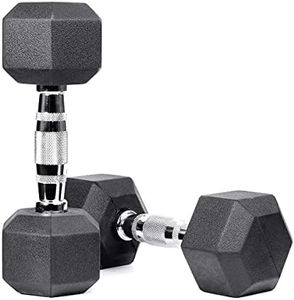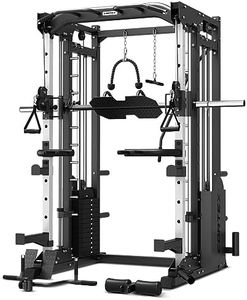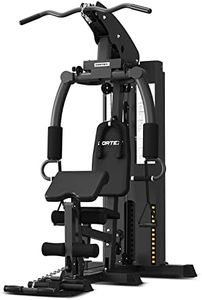We Use CookiesWe use cookies to enhance the security, performance,
functionality and for analytical and promotional activities. By continuing to browse this site you
are agreeing to our privacy policy
10 Best Home Gyms
From leading brands and best sellers available on the web.Buying Guide for the Best Home Gyms
Buying a home gym is about finding a setup that supports your fitness goals, space, and routines. Home gyms can range from simple single-station machines to more complex multi-station systems. Think carefully about what exercises you want to do, how much space you have, and how much flexibility you need in your workouts. Understanding the main features of home gyms will help you match a setup to your needs so you can work out efficiently at home.Type (Single-station vs. Multi-station)The type refers to whether the home gym is built for one main type of exercise or several. Single-station models usually focus on one activity, like a bench press or rowing. Multi-station gyms combine several exercise options like pressing, pulling, or leg workouts in one machine. If you want full-body training or share the gym with others, multi-station is helpful. Those with limited space who focus on one discipline might prefer single-station gyms.
Resistance System (Weight Stack, Plate Loaded, Bands, Bodyweight)Resistance is how the gym makes exercises harder. Weight stack systems have selectable weights built in, plate-loaded use separate free weights, bands provide variable tension, and bodyweight systems rely on your own mass. Weight stacks are convenient and quick to adjust, plate-loaded offer higher weight capacity but need extra weight plates, bands are light and portable, and bodyweight gyms are simple but rely on your current strength. Choose according to your strength level, workout goals, and need for progression.
Exercise VarietyExercise variety means how many different exercises you can perform with the home gym. Some allow mostly upper body work, others permit both upper and lower body workouts. More variety adds versatility, which is good for full-body routines or keeping your workouts fresh. Consider your main fitness goals—do you want to work every muscle group or just focus on a few? Select a gym that supports your routine and future progress.
Size and FootprintSize and footprint is simply how much space the home gym needs. These setups range from compact units that fit in small rooms to large systems that need an entire garage corner. Always check the measurements of the gym and measure your available area, allowing extra room for movement and safety during workouts. Pick a model that fits your dedicated workout space comfortably.
AdjustabilityAdjustability means how much you can change the seat, bench, handles, or weight settings. Highly adjustable gyms accommodate more exercises and users of different heights. If multiple people will use the gym or you want to target muscles at different angles, look for plenty of adjustment options. Otherwise, a simple, less adjustable setup suffices for just one exercise or person.
Build Quality and StabilityBuild quality is about the materials and construction of the gym. Sturdy, stable equipment keeps you safe and lasts longer under repeated use. Gauge this by checking for thick steel frames and a solid feel—avoid models that wobble or feel flimsy. If you plan intense or frequent workouts, prioritize high build quality, while lighter use may allow for a more basic construction.
